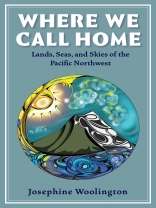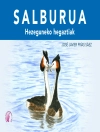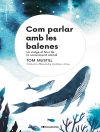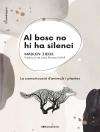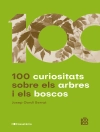From the gray whale to the western bumble bee, discover the flora and fauna that call the Pacific Northwest home—and the challenges they must face to endure.
Reconnect with the natural world through essays that blend science and prose. In her debut work, Josephine Woolington turns back the clock to review the events that have endangered Pacific Northwest wildlife in an effort to imagine how these effects might be overcome.
Join Woolington as she sheds light on the diverse species that are slowly disappearing from the lands, seas, and skies of the Pacific Northwest. Only by acknowledging this truth can we understand that our impact on the Earth is deeper and far more significant than we ever imagined. Through interviews with local educators, environmental agencies, and Indigenous peoples from the Yakama Nation, the Hesquiaht First Nation, and beyond, we are invited to decenter our singular perspective in favor of a more empathic, collective approach.
The flora and fauna of the Pacific Northwest are resilient. As they adapt to a world far removed from its wonders, we must realize our own interconnectedness to nature and to one another. Woolington colors the rich history of the Pacific Northwest within the eye of its beholder so that society can learn to live intentionally in the land that sustains us all. From the coastal tailed frog to the sandhill crane and the yellow cedar to the camas flower, these stories reimagine what it means to live mindfully in the colorful region we call home.
Tabella dei contenuti
- Introduction
- Spring
- Camas, Ant’ip, Camassia
- Sandhill Crane, Grus canadensis
- Yellow-Cedar, sgałaan, Callitropsis nootkatensis
- Summer
- Western bumble bee, Bombus occidentalis
- Coastal Tailed Frog, Ascaphus truei
- Huckleberry, wiwnu, Vaccinium membranaceum
- Olympic Marmot, Marmota olympus
- Fall
- Moss
- Clouds
- Winter
- Gray Whale, Sih-xwah-wi X, Eschrichtius robustus
- Bibliography
- Acknowledgements
Circa l’autore
Ramon Shiloh has volunteered at educationally focused nonprofit organizations for almost three decades. As a writer, artist, and instructor, he curates thoughtful insights, teaches analytic skills and applied knowledge, and distributes tools relative to the creative mediums of art, food sovereignty, writing, and spoken word. Shiloh focuses many of his efforts on supporting Indigenous children. He uses his knowledge of food, art, and culture to help Native youth develop a connection to good health and their histories, in our ever-changing world. Shiloh resides in Portland.
